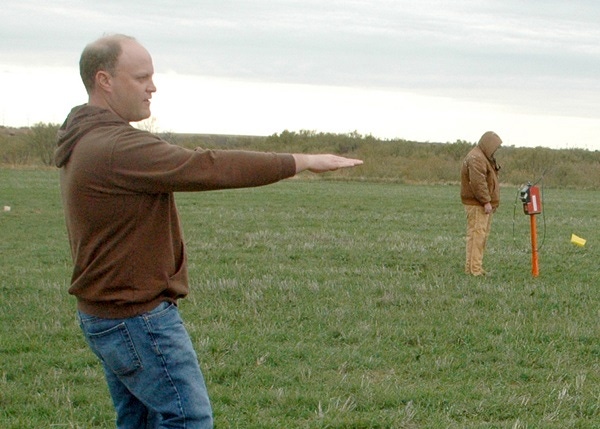December 20, 2013

Cover crops use water, but they also provide benefits.
Water use doesn’t necessarily mean cover crops reduce cash crop performance, says a Texas A&M AgriLife Research scientist at Vernon.
Dr. Paul DeLaune, an AgriLife Research environmental soil scientist, said there has been a lot of interest nationwide about cover crops and the effects they have on soil health. Those beneficial effects are exactly what he is seeing in multiple studies, although none are immediate.
If you are enjoying reading this article, please check out Southwest Farm Press Daily and receive the latest news right to your inbox.
“The No. 1 question farmers have is, ‘If I plant a cover crop, how much soil moisture is it using?’” DeLaune said. “And what are the benefits of having a cover crop compared to standard no-till without a cover crop?”
He said he has worked on two studies using cover crops in the Rolling Plains: warm-season cover crops in dual-use wheat – for cattle grazing and grain production – systems and cool-season cover crops in cotton cropping systems.
Also of interest:
Cover crops may help solve weed, pest problems
Strip-till, legume-cover crop system could help South Texas growers
You May Also Like




